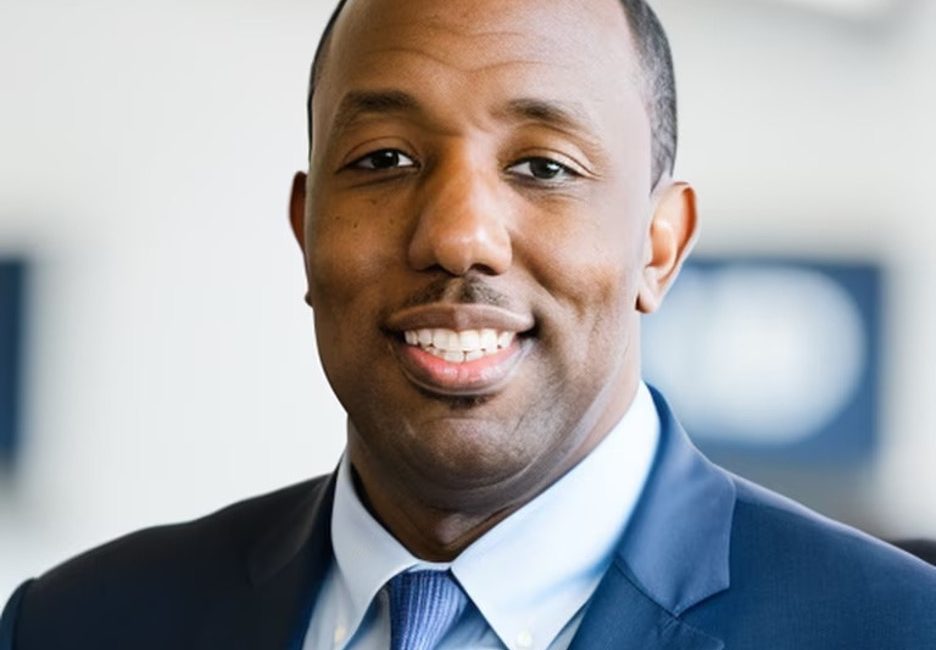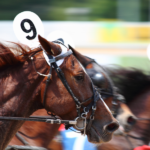Sandwiched between the Kentucky Derby and the Belmont Stakes in the Triple Crown of thoroughbred horse racing, the Preakness Stakes is not only an annual contest equine aficionados tune in to across the country, but it’s also part of the culture and community of Baltimore. Held each year at Pimlico Race Course in the Park Heights section of the city, the 2023 Preakness drew over 65,000 spectators, an 8% increase over 2022. Yet while the horse racing community came together, fewer in the surrounding area felt a spirit of inclusion during the festivities. The predominantly Black community of northwest Baltimore has traditionally felt excluded from the race and its related entertainment, emphasizing a divide between racial populations in the Maryland city.
Advocates like Kevin Seawright, board chair of Park Heights Renaissance, are pushing for change when it comes to inclusion and diversity surrounding the Preakness as well as community gatherings held throughout the year. Looking to engage the people who live in Park Heights and instill a sense of belonging, Seawright has worked with local leaders to put people first and help businesses thrive beyond the few days that the Preakness puts the spotlight on the neighborhood. “You can’t change all the history, but we can make people feel comfortable being a part of the event,” said Seawright. “We want to see how this helps the neighborhood throughout the year.”
Park Heights Renaissance is a nonprofit group that represents over 20,000 residents who make up the community around Pimlico Race Course. PHR CEO Yolanda Jiggetts noted that the goal is to bring engagement and equity to the community year-round. “This isn’t just about attendance at the Preakness. This is about furthering our partnership in redevelopment efforts.” Part of this effort is communicating to residents that they’re welcome and an integral part of the annual racing event, which is open to the public. Educational efforts are also underway, helping to connect the history of the sport with the local community. One example provided by Jiggetts pointed out that few realized that the first Black jockey to win the Preakness, George P. “Spider” Anderson, hailed from Baltimore.
The Governor Gets on Board
The significance of the Preakness wasn’t lost on Maryland Gov. Wes Moore, the state’s first Black governor, who noted the need for equity in hosting the race. “The Preakness has gone to great lengths to ensure that no one is left behind. They have greatly supported local businesses, several of which are minority-owned, given away tickets to community members, provided grant programs, and launched a live program aimed to bridge the chasm between the racetrack and the city.”
Constantly looking for new ways to integrate the community with progressive efforts, PHR has helped with several to further improve the outlook for those living around or near the racetrack. Traffic congestion issues, especially on racing days, are being investigated with the goal of addressing flow in the future. Local vendors are also being tapped to participate in occasions featured at the racetrack, including the Preakness Stakes. While many Black residents have noted rising costs and lack of entertainment as reasons for staying away from the main event, Park Heights Renaissance has worked to encourage participation and attendance, distributing over 800 tickets for the race directly to the surrounding community over the past two years.
Kevin Seawright sees Park Heights Renaissance’s involvement and initiatives in the community as a “big step forward” while supporting efforts around the time of the Preakness as well as year-round throughout the neighborhood. The nonprofit is dedicated to helping the people already residing in the area thrive by bringing in new resources and a vision for a healthier and safer environment. From housing strategies to investment opportunities, Seawright and the team are focused on bringing innovation, sustainability, and respect to an area often overlooked by leaders.




